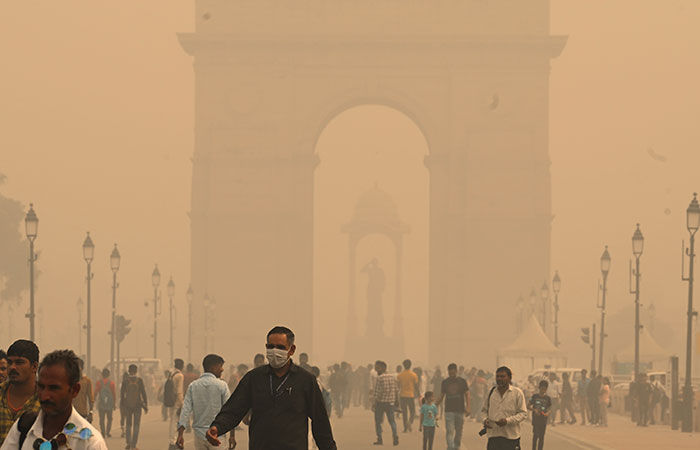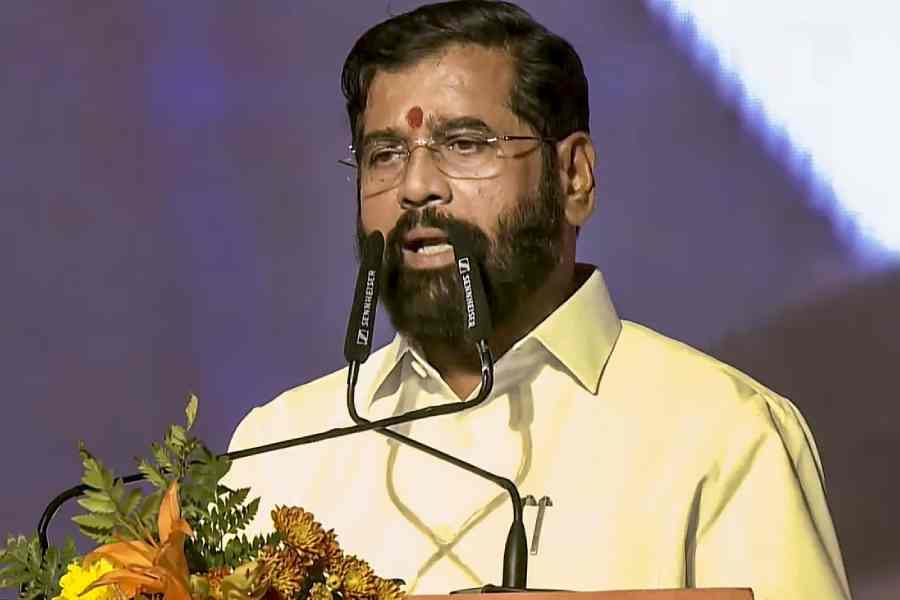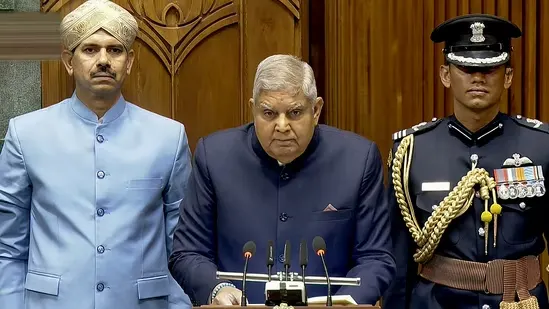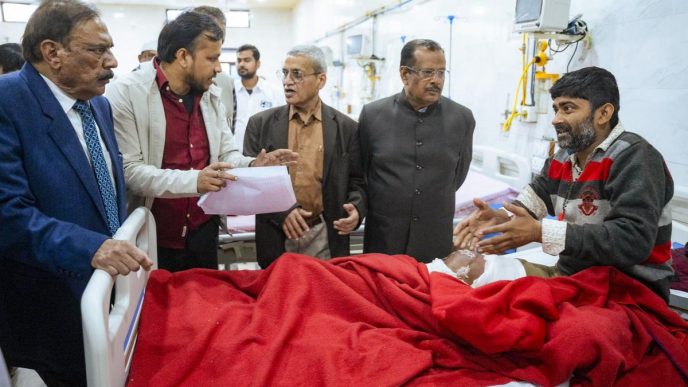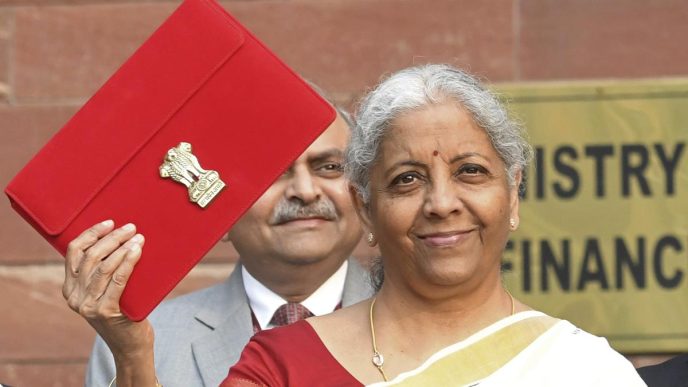As the winter season approaches, Delhi and its neighboring areas are once again grappling with severe air pollution, marked by a pervasive layer of smog. On October 19, 2024, the Air Quality Index (AQI) for Delhi reached 273, categorizing it as ‘Poor.’ Ghaziabad recorded an AQI of 246, while Noida registered 228. Notably, the Akshardham and Anand Vihar areas reported the highest levels in the capital, with an AQI of 334, classified as ‘Very Poor.’ The situation has raised alarms among health experts, environmentalists, and local authorities.
Historical Context: Trends in Air Quality
To understand the current crisis, it is essential to consider historical data. In recent years, air quality in Delhi has consistently deteriorated during the winter months. For instance:
- 2018: The average AQI during November peaked at 300, reflecting a ‘Very Poor’ category.
- 2019: The situation worsened, with average AQI levels exceeding 400 in some areas, categorized as ‘Severe.’
2020: The introduction of lockdowns due to the COVID-19 pandemic resulted in an unexpected drop in pollution levels, with average AQI in November dropping to around 200. - 2021: However, the easing of restrictions saw AQI levels rebound to 300, signalling a return to pre-pandemic pollution levels.
- 2022: The winter months recorded average AQIs around 350, prompting widespread public health warnings.
Comparatively, the current AQI levels, although alarming, reflect a troubling continuation of a long-standing trend. The deterioration in air quality during winter has become a recurrent theme, exacerbated by various anthropogenic factors.
The Meteorological Factors Behind Deteriorating Air Quality
Several meteorological conditions contribute significantly to the worsening air quality in winter:
- Temperature Inversions: During colder months, the ground-level air cools more quickly than the air above it, leading to temperature inversions. This phenomenon traps pollutants close to the surface, preventing their dispersion. In Delhi, such inversions have been particularly pronounced in late October and November.
- Calm Winds: Winter often brings calm weather, resulting in stagnant air conditions. With limited wind movement, airborne pollutants accumulate, leading to increased concentrations of harmful particles. Historical data show that wind speeds in Delhi drop significantly during winter, exacerbating pollution levels.
- Humidity Levels: Higher humidity can cause particulate matter to coalesce, increasing the weight of particles and making them less likely to disperse. This creates a cycle where higher humidity coincides with elevated pollution levels.
Sources of Air Pollution
Understanding the sources of pollution is critical for effective intervention. The major contributors to Delhi’s air quality crisis include:
- Vehicular Emissions: The rapid increase in vehicle ownership in Delhi has led to a corresponding rise in emissions. According to the Delhi Pollution Control Committee, vehicular emissions account for approximately 30% of the city’s total pollution. The registration of over 1.2 million new vehicles in the past year alone has intensified this issue.
- Construction Activities: Ongoing construction projects generate significant dust and particulate matter. In 2023, the National Green Tribunal reported that construction dust accounted for nearly 15% of total particulate pollution in Delhi.
- Industrial Emissions: Industries surrounding Delhi contribute heavily to pollution. A study by the Central Pollution Control Board indicated that industrial activities accounted for nearly 20% of air pollution in the National Capital Region (NCR).
- Crop Burning: The practice of burning crop residue in neighboring states continues to be a major contributor to Delhi’s winter pollution. Reports indicate that around 35% of the pollution spike in winter months can be traced back to these agricultural practices.
- Household Activities: The use of biomass for heating and cooking during winter months releases significant amounts of particulate matter into the air. Experts estimate that household sources contribute nearly 10% to Delhi’s air pollution.
Noteworthy Statistics
The current situation in Delhi is alarming, with some notable statistics highlighting the severity of the crisis:
- High AQI Levels: On October 19, 2024, 13 hotspots in Delhi reported AQI levels above 300, including Wazirpur, Mundka, and Rohini.
- Health Impact Estimates: The Indian Institute of Toxicology Research estimates that air pollution contributes to approximately 1.2 million premature deaths annually in India, with Delhi being one of the worst affected cities.
- Public Awareness: Surveys indicate that nearly 85% of Delhi residents are aware of the health risks associated with poor air quality, but many feel powerless to effect change.
Government Response and Initiatives
In response to the worsening air quality, Delhi’s Environment Minister, Gopal Rai, held an emergency meeting with relevant officials to address the issue. He emphasized the need to identify local sources of pollution and implemented several measures under the Graded Response Action Plan (GRAP):
-
- Stage I Implementation: Currently, Stage I of GRAP is in effect, which includes actions such as:
- Restrictions on construction activities
- Enhanced monitoring of industrial emissions
- Increased frequency of road cleaning
- Promotion of public transport to reduce vehicular emissions
2. Long-term Strategies: The Delhi government is also focusing on long-term strategies, including the promotion of electric vehicles and stricter emissions norms for industries.
3. Public Engagement: The government has initiated awareness campaigns to educate residents about pollution sources and encourage sustainable practices.
Challenges Ahead
Despite these initiatives, significant challenges remain:
- Political Tensions: The ongoing blame game between the Aam Aadmi Party and the Bharatiya Janata Party complicates effective policy implementation. Rai criticized the BJP for their lack of action in surrounding states, pointing out that pollution knows no borders.
- Socioeconomic Factors: Many low-income households rely on biomass for cooking and heating, making it difficult for them to switch to cleaner alternatives. Addressing these socioeconomic disparities is crucial for effective long-term solutions.
- Seasonal Patterns: The seasonal nature of pollution presents a recurring challenge. Each winter, as air quality deteriorates, public health warnings spike, but lasting changes in behavior and policy are often slow to materialize.
Health Impacts and Public Concern
The public health implications of deteriorating air quality are profound. Poor air quality is linked to a range of health issues, including respiratory diseases, cardiovascular problems, and even mental health issues. Experts warn that vulnerable populations, including children and the elderly, are at a higher risk.
Recent surveys indicate that approximately 40% of children in Delhi are suffering from respiratory issues due to air pollution. Moreover, the long-term exposure to polluted air can lead to chronic health conditions, emphasizing the urgency of the situation.
The Way Forward
To effectively tackle the air quality crisis in Delhi, a multifaceted approach is necessary:
1. Strengthening Policies: Enhanced regulations and stricter enforcement are essential to curb emissions from vehicles and industries. Incentivizing the use of cleaner fuels and technologies can also play a significant role.
2. Public Transportation: Investment in public transportation infrastructure can reduce the number of vehicles on the road, thereby lowering emissions. Promoting electric buses and encouraging carpooling can also contribute to cleaner air.
3. Community Engagement: Engaging communities in pollution reduction initiatives can foster a sense of ownership and responsibility. Educational programs focusing on the importance of reducing household emissions can lead to meaningful change.
4. Collaboration Across Borders: Effective solutions require collaboration between neighboring states and the central government. Joint action plans to tackle crop burning and industrial emissions must be prioritized.
Conclusion
Delhi’s air quality crisis is a complex issue shaped by a multitude of factors, including meteorological conditions, anthropogenic emissions, and geographical challenges. The persistent trend of worsening air quality during winter months highlights the need for immediate action and long-term strategies.
While the government has taken steps to address the issue, the road ahead is fraught with challenges that require collective action from all stakeholders. As residents brace for another winter of poor air quality, the time for decisive, coordinated efforts is now. Only through sustained commitment and collaboration can Delhi hope to reclaim its air quality and safeguard the health of its citizens.
